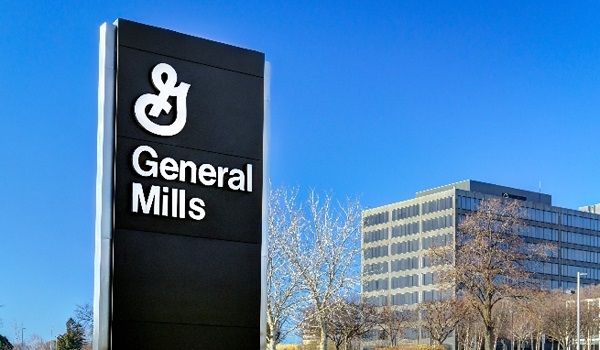General Mills is finding success in the generative AI landscape, drawing on its experience with machine learning to deploy its internal AI chatbot, MillsChat, according to Jaime Montemayor, the company’s Chief Digital and Technology Officer. This new AI-powered assistant, aimed at boosting efficiency across departments, was developed using Google’s PaLM 2 model and has now been made available to 20,000 employees.
Montemayor highlighted the challenges and benefits of implementing AI at scale during a recent virtual event hosted by CIO Dive and CFO Dive. General Mills began preparing for this digital shift years before the rise of generative AI tools like ChatGPT, migrating its data to Google Cloud for improved analytics. Building on its successful machine learning capabilities, the company used its expertise to integrate AI across its marketing, sales, and supply chain functions.
“It takes a village to be successful with AI in any corporation,” Montemayor said, emphasizing the cross-functional approach needed for AI adoption. Early buy-in from leaders across HR, legal, finance, and supply chain helped align the initiative with broader business goals, supporting effective and efficient deployment of AI capabilities.
As the company continues its digital transformation journey, the finance team plays a crucial role in tracking returns on AI investments, guiding decisions on scaling or adjusting projects. “The finance team is helping us keep the score,” Montemayor noted, adding that this collaboration provides clarity on resource allocation for AI programs.
MillsChat, which began as a tool for writing and summarization, has quickly expanded, empowering employees across the company. The success of the initiative reflects both technological and workforce investments, with Montemayor noting the importance of pragmatism: “We aim to balance what’s possible with what’s truly achievable in the AI space.”
As General Mills advances its generative AI initiatives, it positions itself at the forefront of digital innovation in the food industry, reaping benefits across functions and setting a model for other enterprises.


